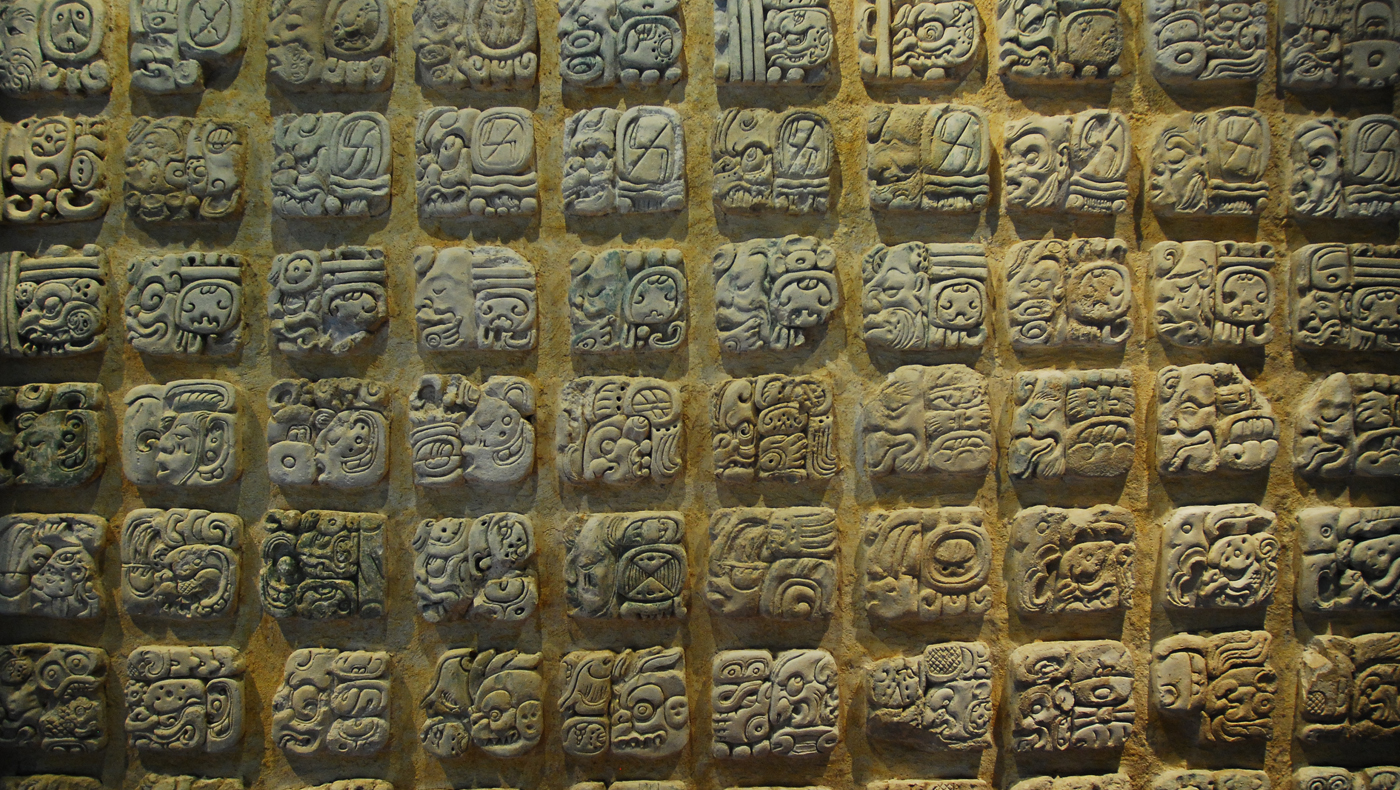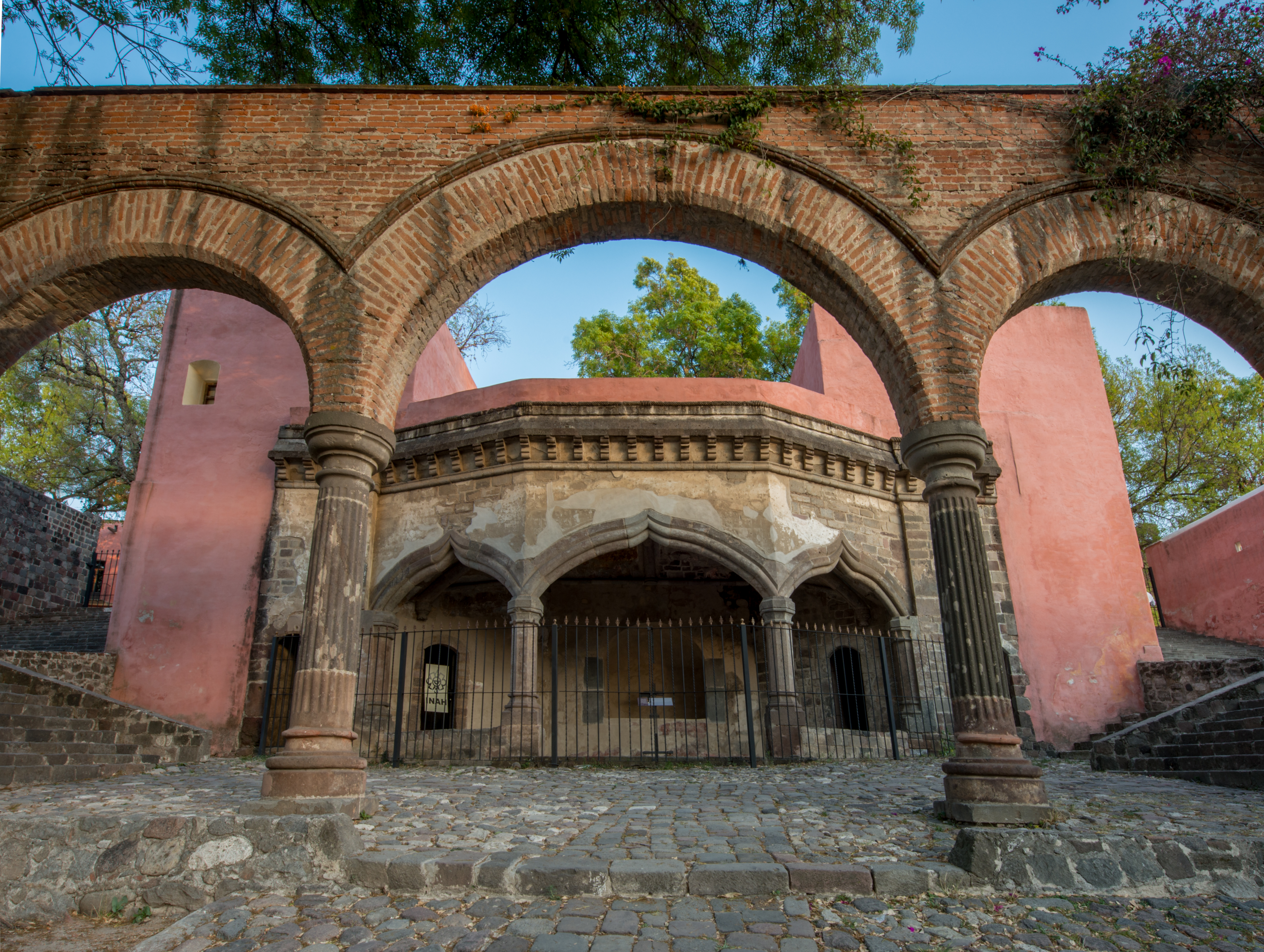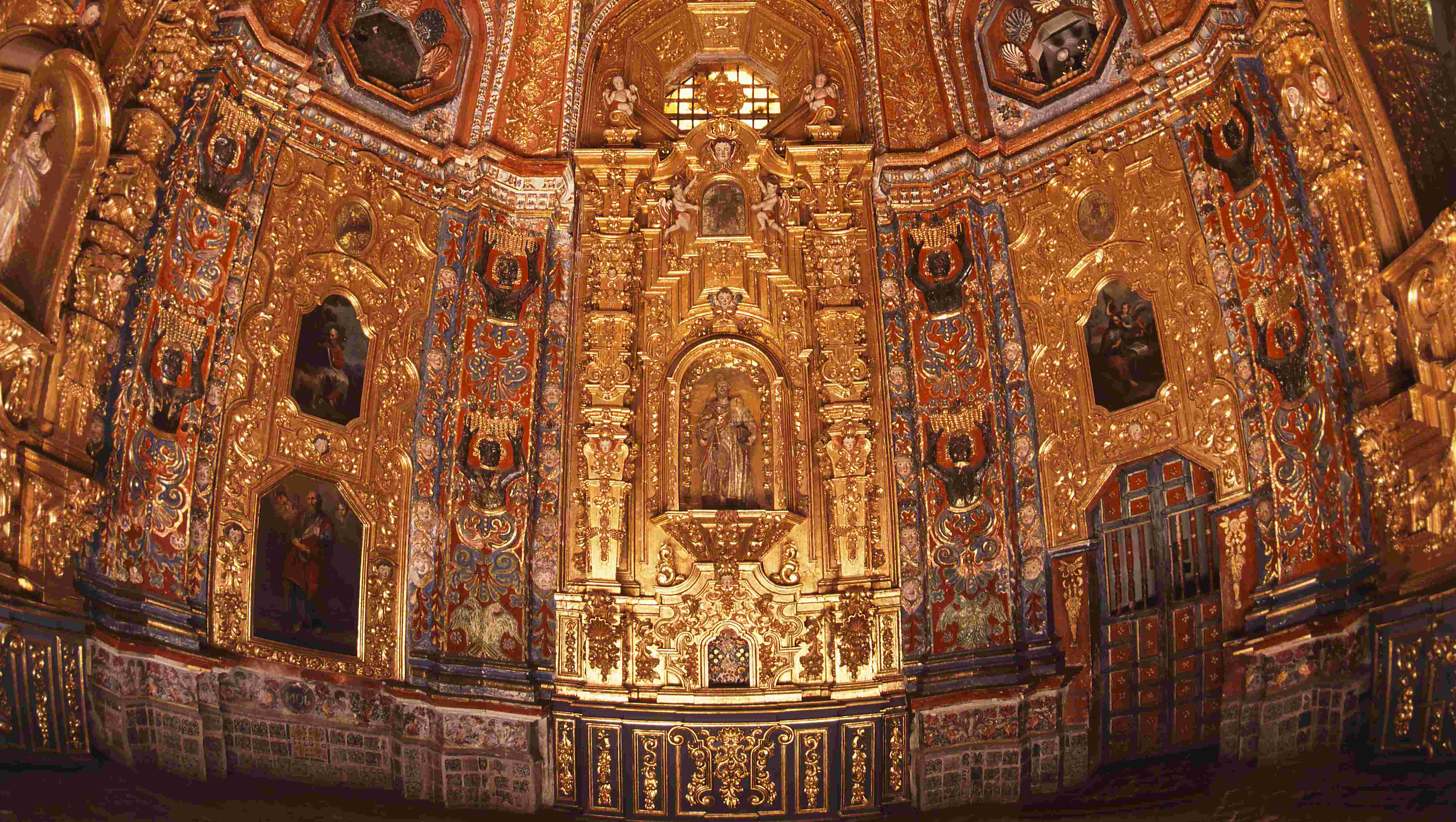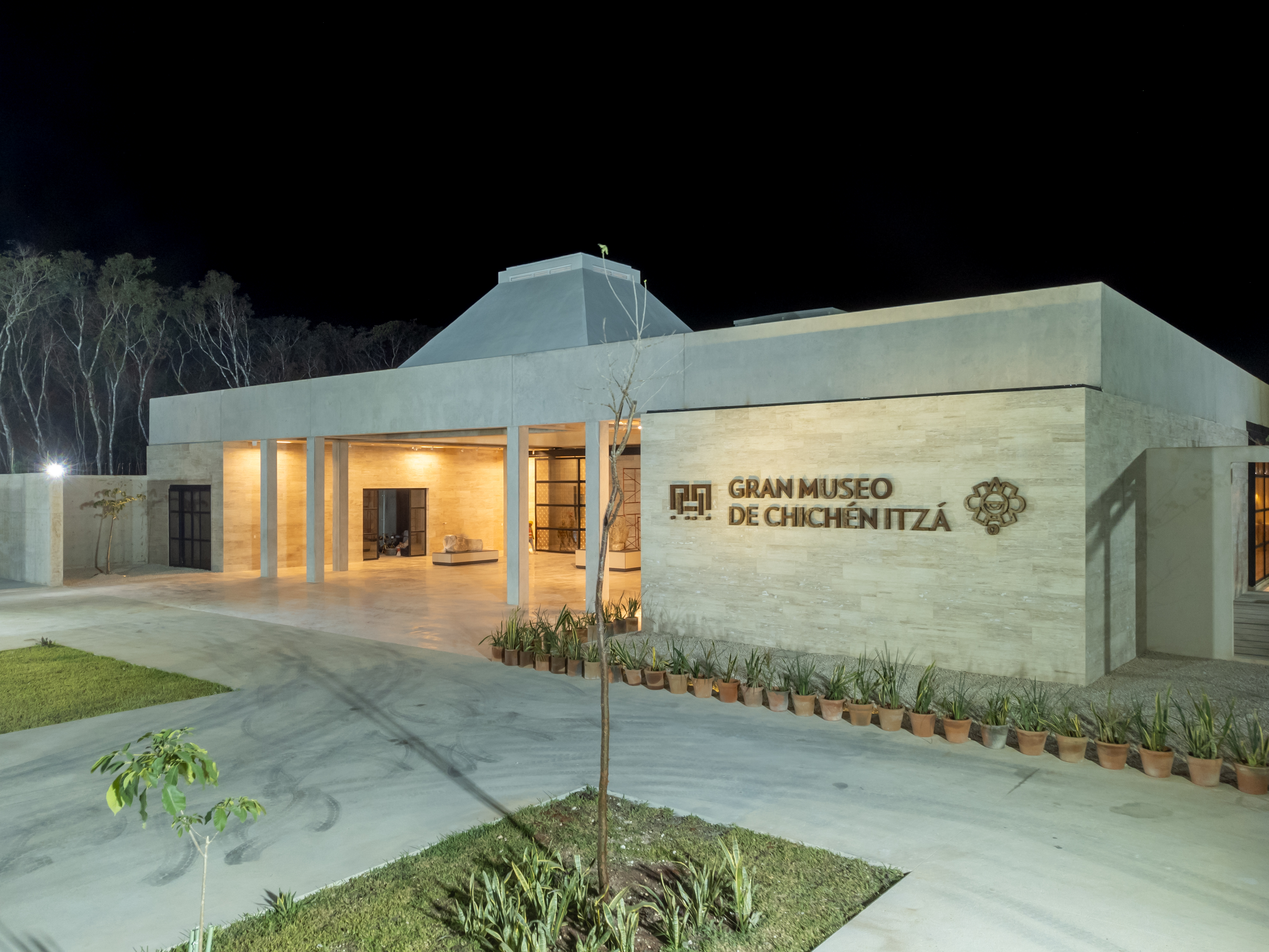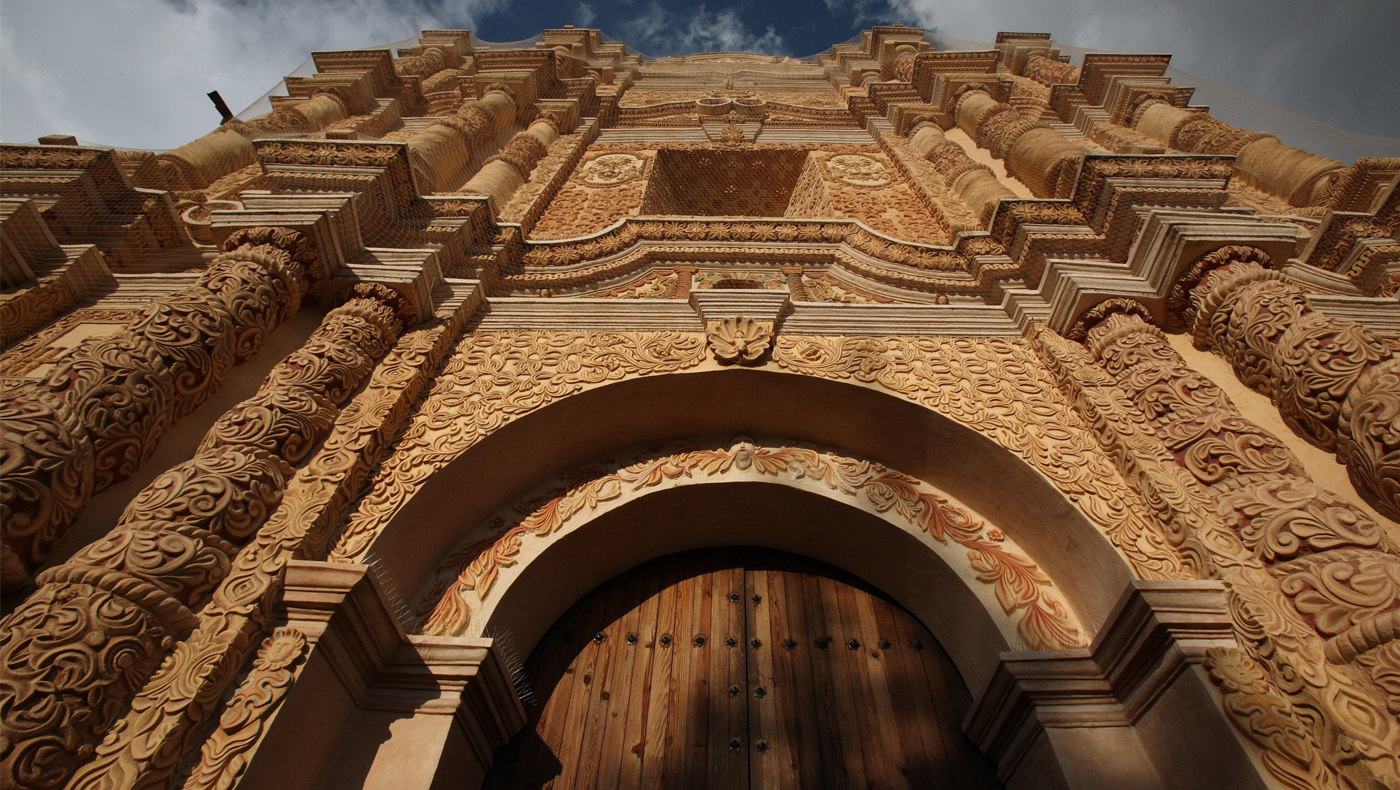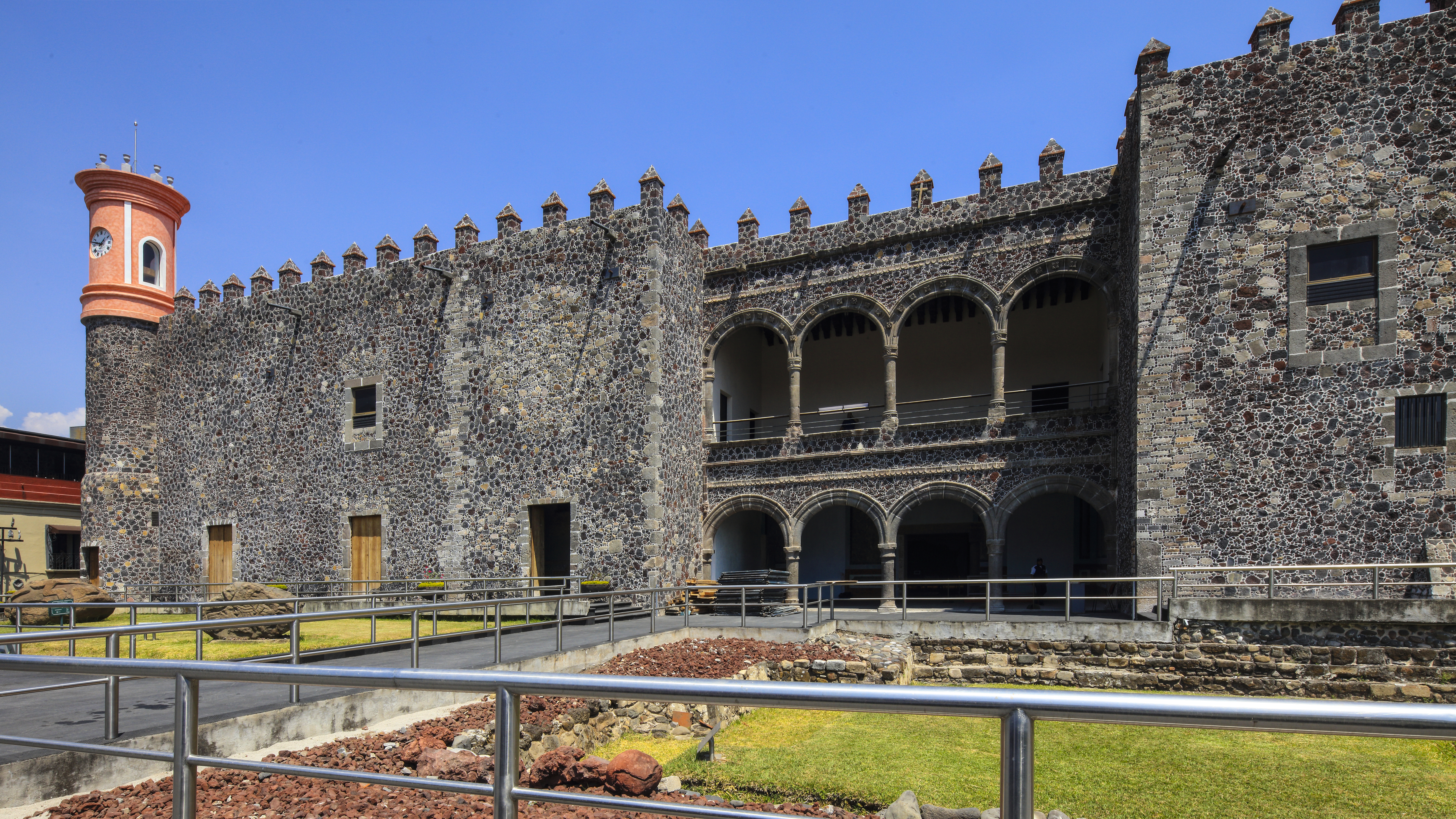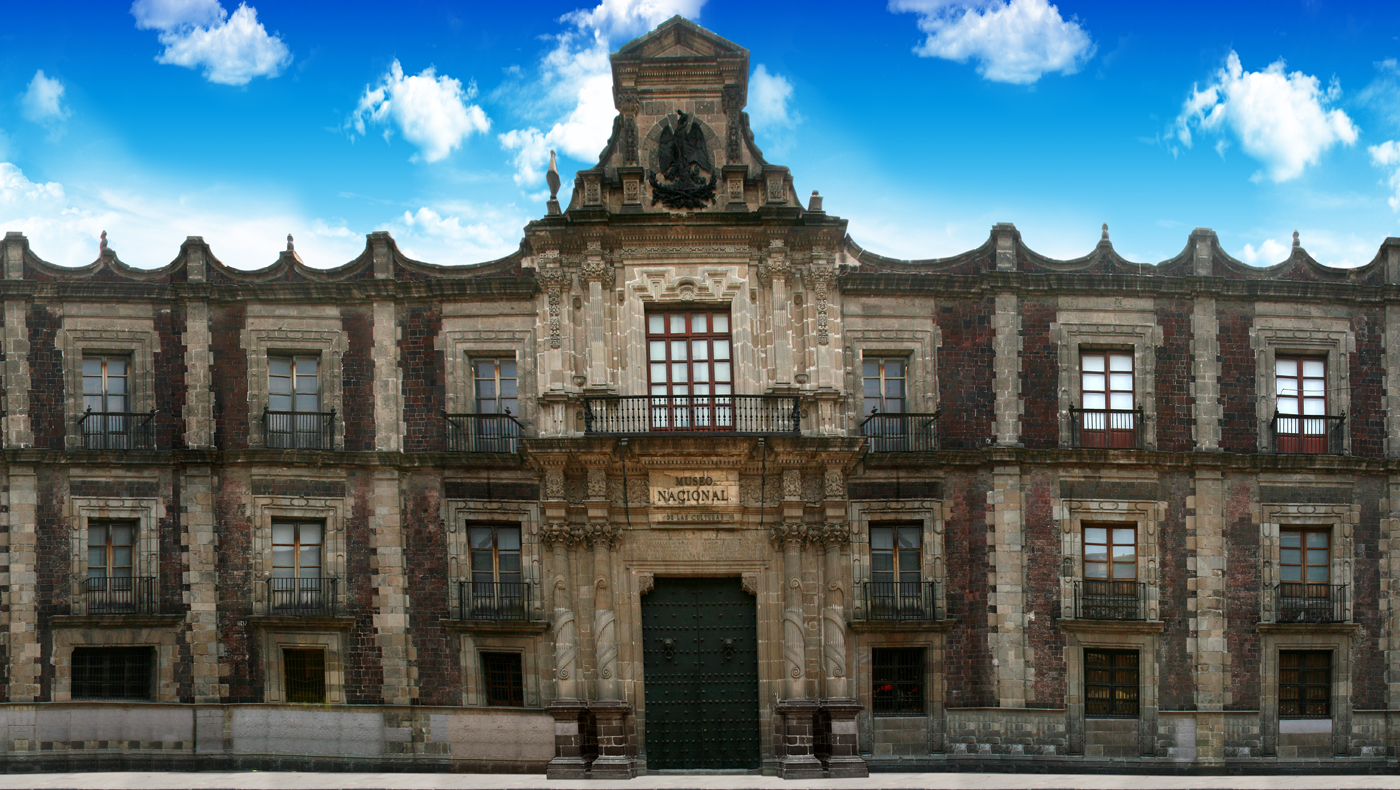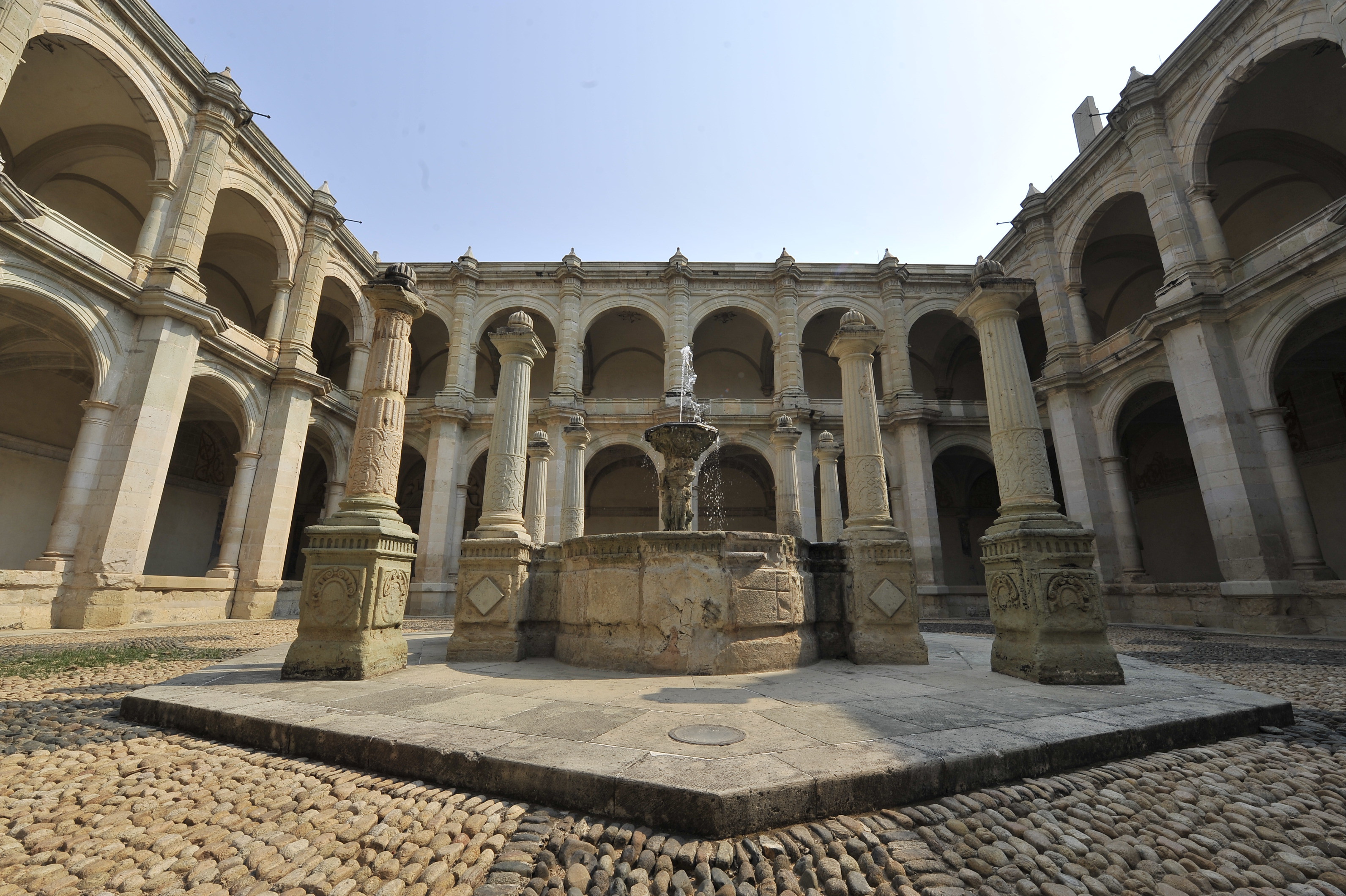
Mostrando 13 - 24 de 67
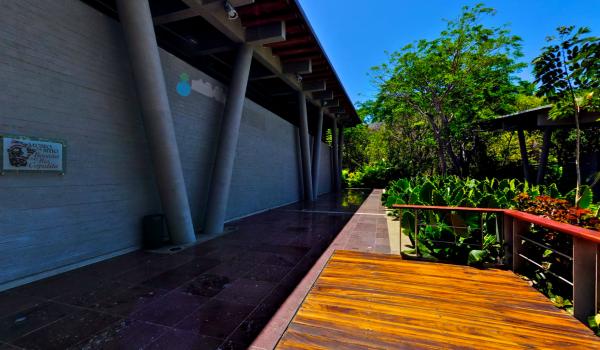
Museo de Sitio de Bocana del Río Copalita
The Mixtec Lord 8 Deer Jaguar Claw ruled over a vast area of the present-day coast of Oaxaca. His memory is preserved in this museum, close to Huatulco. The displays features terracotta figures dating back 2,500 years, pounders for making amate paper, polychrome pottery, green stone objects and much more.
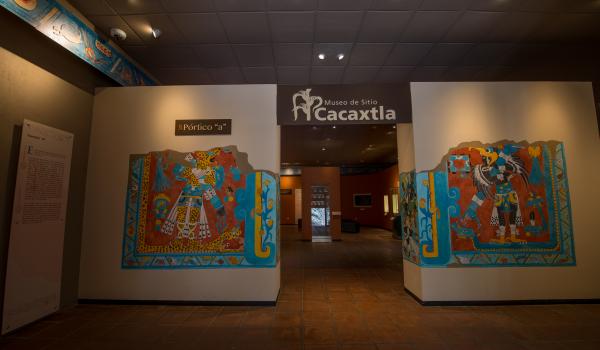
Museo de Sitio de Cacaxtla
A superb display of the Cacaxtla murals including the battle scene and the Jaguar Man, with information on how they were painted, as well as archaeological finds telling the impressive story of the Lords of Cacaxtla and their warlike people, inheritors of Teotihuacan and Cholula, and their gods such as Tlaloc.
Museo de Sitio de Cantona
A new museum displaying one of the most ancient urban settlements: the most extensive and populous in Mesoamerica and a great exporter of obsidian. It has numerous intricate streets, plazas and walls, many ballcourts and a religion which extolled self-sacrifice.
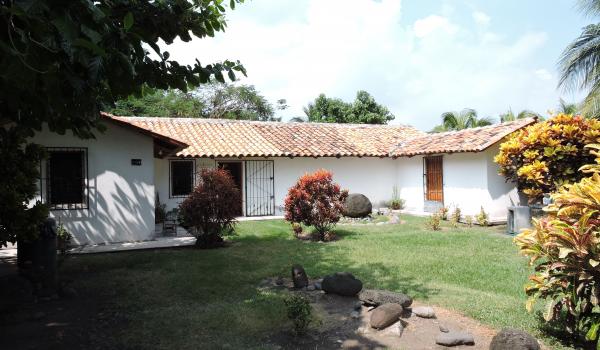
Museo de Sitio de Cempoala
The city of the "Fat Cacique" was allied with the Spaniards against the Mexica. This small museum, surrounded by abundant coastal flora and fauna, displays the Totonac culture, including the remains of defensive walls, the gods of the underworld, mural painting, everyday utensils and figurines and statues of men and animals.
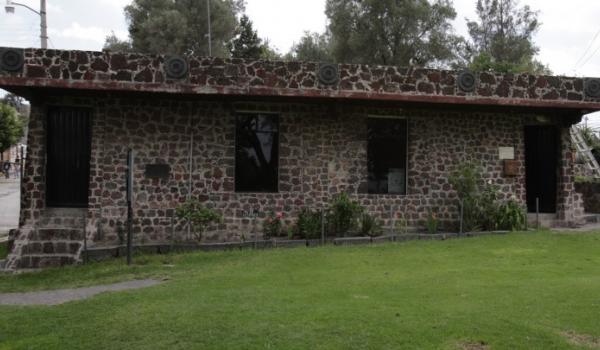
Museo de Sitio de Chimalhuacán
Display on the development of the region, beginning with the discovery of 10,000-year-old Chimalhuacan Man and up until its subordination to Texcoco, of the Triple Alliance, together with Tlacopan and Tenochtitlan.
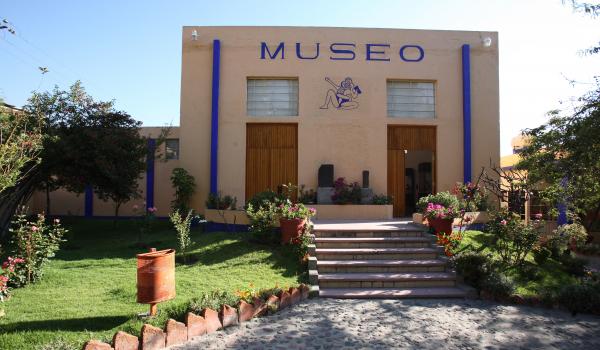
Museo de Sitio de Cholula
At first the inhabitants of this site fought the Spanish conquistadors, then after a great slaughter Cholula allied itself to conquer Tenochtitlan. The museum tells the story of its inhabitants from the ninth century, with themes covering excavations, pottery, funerary customs and mural painting.
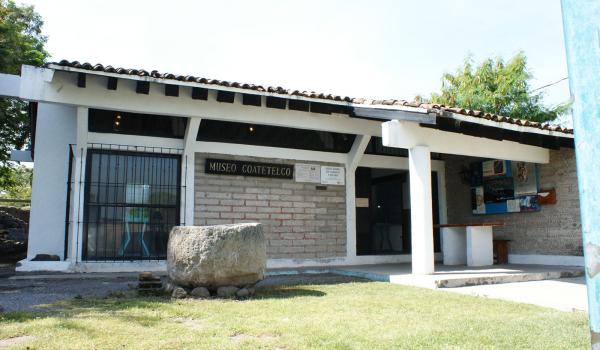
Museo de Sitio de Coatetelco
The central Tlahuica site, subordinate to the Mexica, who came with them from legendary Aztlan. The ceramics were very varied from the earliest times. At one stage they were influenced by Teotihuacan and latterly by Tenochtitlan. The most interesting exhibits are a sculpture of Xipe Totec, the flayed god and a temalacatl or sacrificial stone.
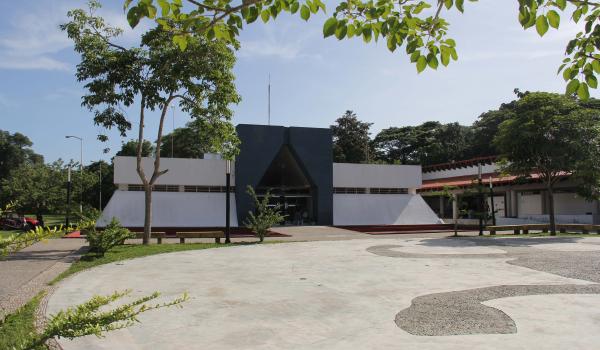
Museo de Sitio de Comalcalco
This is where the Fire God, Aj Pakal Than, reigned in the 18th century AD, whose funeral offerings are exhibited, together with a collection of jewellery and other pieces made of shells, bone and stone from this great Maya city, built of clay bricks bearing extraordinary reliefs.
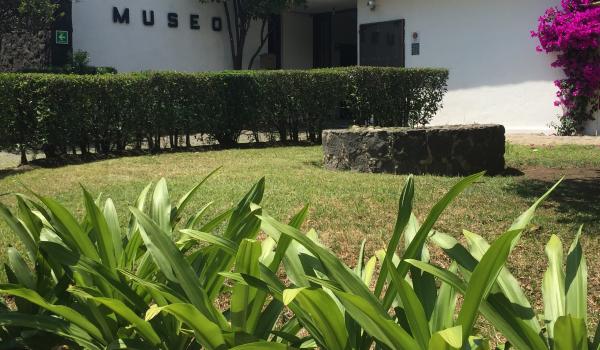
Museo de Sitio de Cuicuilco
One of the most ancient and prosperous cities in the Valley of Mexico, Cuicuilco was lost after the eruption of the Xitle volcano in the third century AD. The remains bear witness to the remarkable development of the area, with objects including works of sculpture, pottery, offerings, daily utensils, garments and religious artefacts.
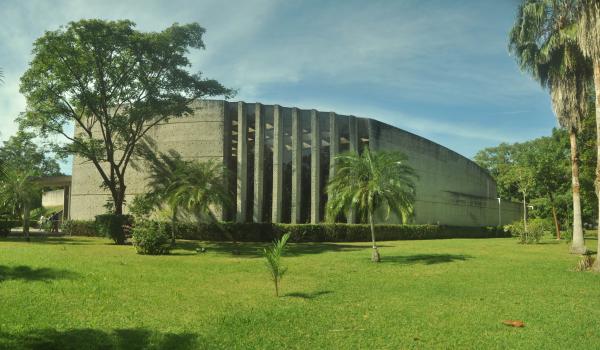
Museo de Sitio de El Tajín
The peak of the Totonaca culture, with the most beautiful architecture of the Gulf Coast, a UNESCO World Heritage site. The museum, built by architect Teodoro Gonzaléz de León, shows vestiges of the city since the excavations of 1920, it also reconstructs the everyday life of this sophisticated culture.

